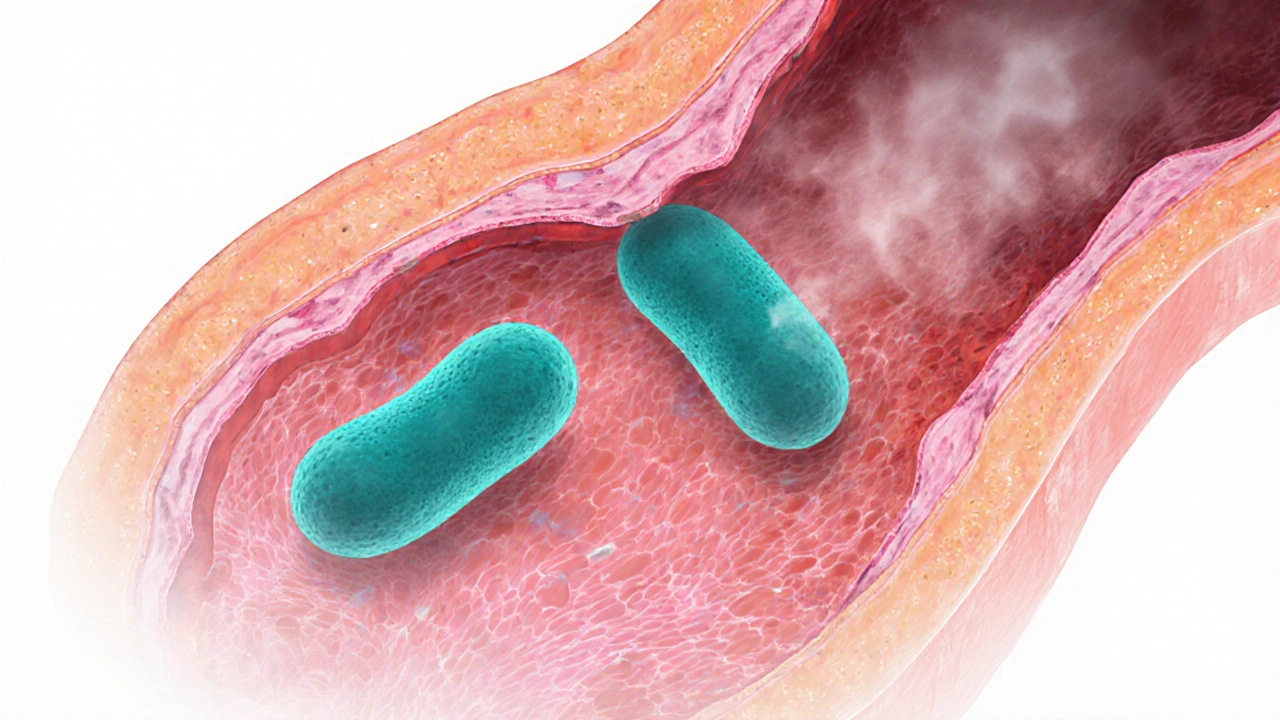Gonorrhea: Causes, Treatment, and What You Need to Know
When you hear Gonorrhea, a bacterial sexually transmitted infection caused by Neisseria gonorrhoeae. Also known as the clap, it spreads through unprotected sex and can affect the genitals, throat, or rectum. Many people don’t know they have it—symptoms can be mild or absent, especially in women. That’s why it often goes untreated, leading to serious problems like infertility or chronic pelvic pain.
It’s closely linked to chlamydia, another common STI that often appears at the same time. Doctors usually test for both because they share similar transmission routes and symptoms. The big shift in recent years? antibiotic resistance, when the bacteria evolve to survive standard treatments. What used to be cured with a single pill now often requires a shot plus an oral antibiotic. The CDC now recommends ceftriaxone injection as the first-line treatment, because older drugs like azithromycin and doxycycline are losing effectiveness.
If you’ve had unprotected sex, especially with a new partner, getting tested is the smart move. Testing is quick, often just a urine sample or swab. Treatment is simple if caught early—but waiting can turn a minor issue into a long-term health problem. Even if your partner feels fine, they could still be carrying it. That’s why both partners need treatment at the same time, and why you should avoid sex for at least seven days after finishing your meds.
What you’ll find in this collection are real, practical guides on how gonorrhea is diagnosed, how it interacts with other infections, and what happens when treatments stop working. You’ll see comparisons between current drug options, how it affects different parts of the body, and what to do if symptoms return after treatment. There’s no fluff—just clear info on what works, what doesn’t, and why.

Gonorrhea and Cervical Health: Essential Facts for Women
A clear guide on how gonorrhea impacts cervical health, covering symptoms, testing, treatment, prevention, and FAQs for women.
Detail




